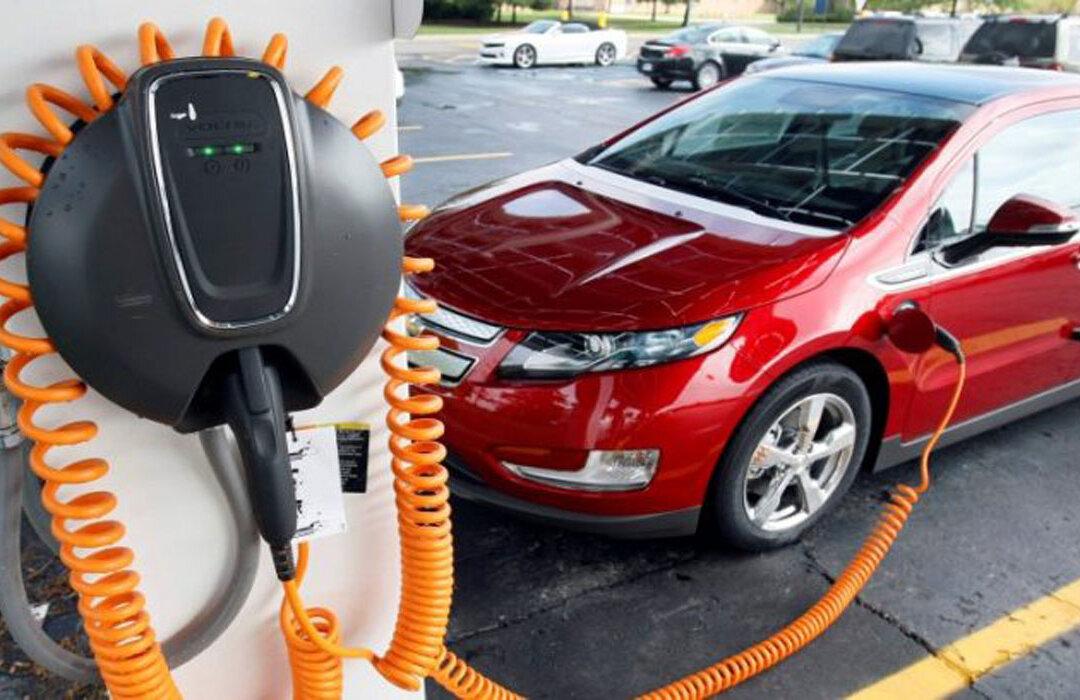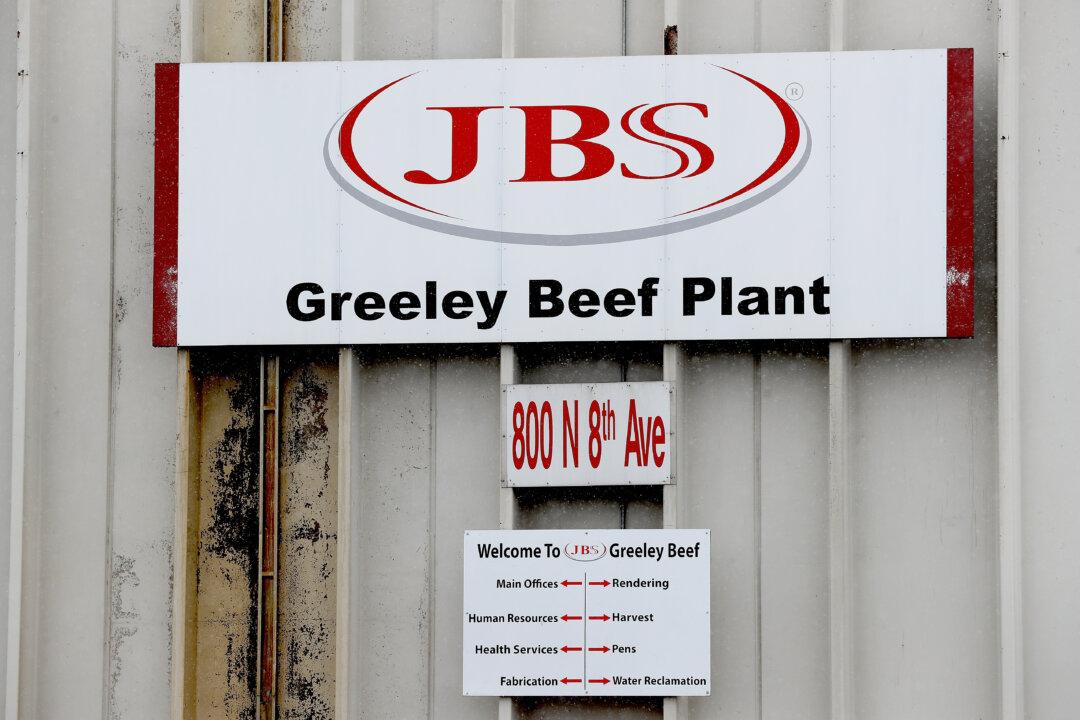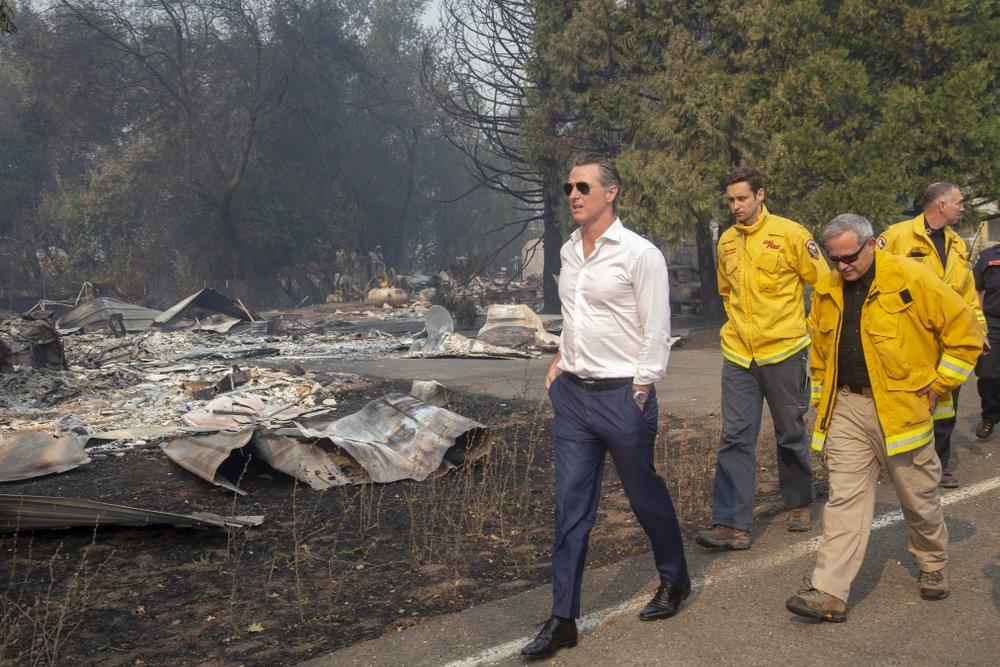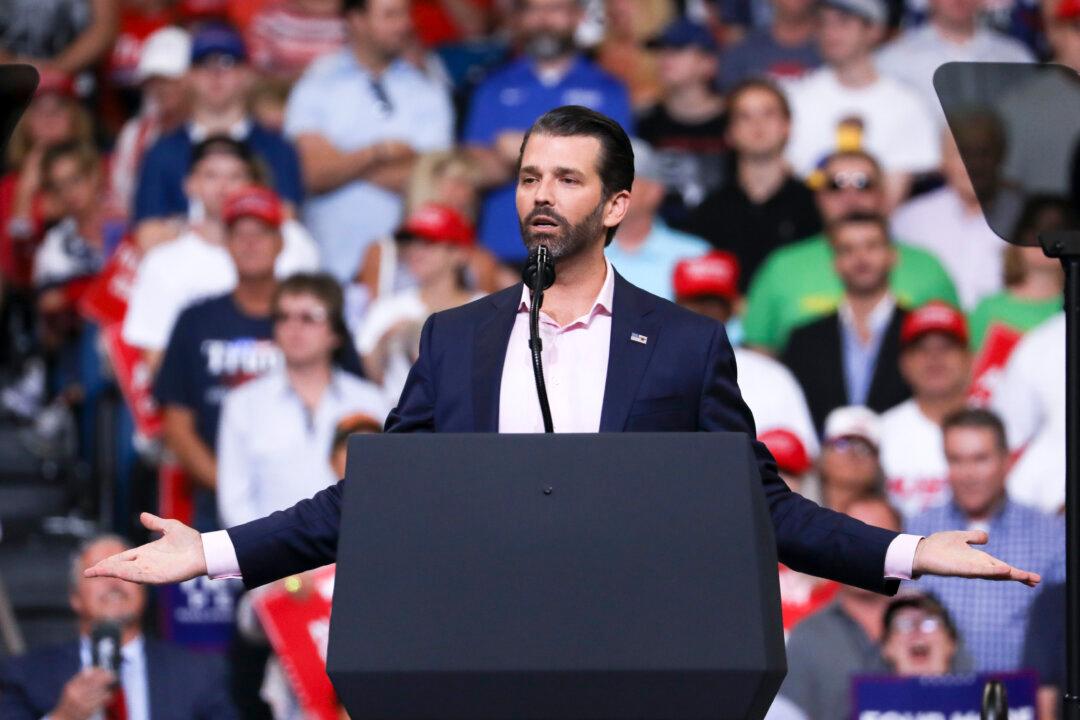Nevada Gov. Steve Sisolak, announced Monday that the state is planning to adopt the tough vehicle emission standards of its neighbor, California. Sisolak said that Nevada’s ‘Clean Cars Nevada Initiative’ is designed to offer Nevadans more choice in terms of less-polluting cars and trucks.
In a statement, Sisolak said that Nevada must accelerate efforts to combat climate change while offering “sustainable transportation options” for Nevadans. “Now is the time to set a new trajectory that will lead to healthier communities across the Silver State and establish Nevada as a leader in the clean transportation economy,” he said.





